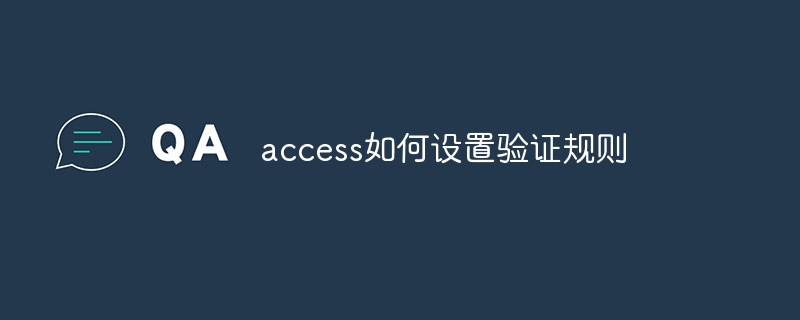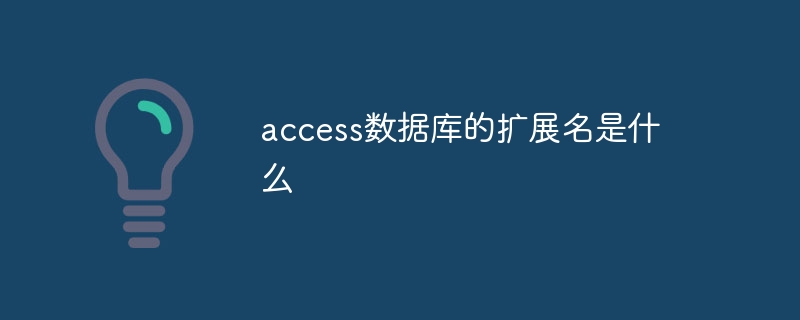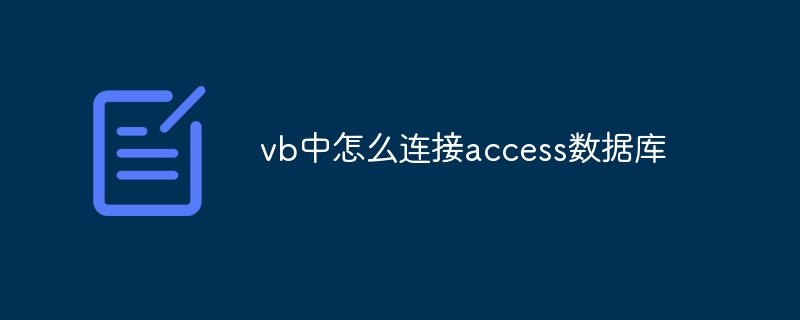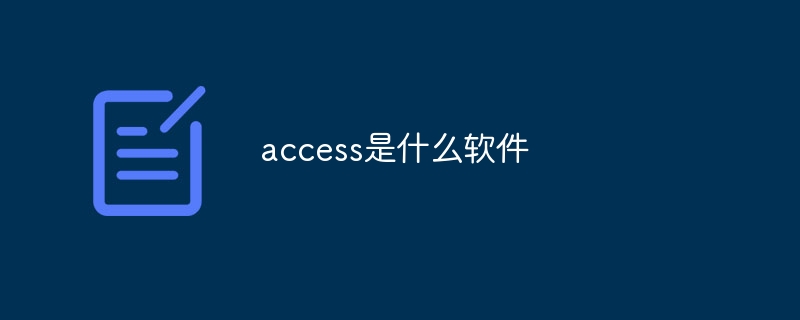 Java
Java javaTutorial
javaTutorial How is Java security mechanism implemented? What are the advantages of this mechanism?
How is Java security mechanism implemented? What are the advantages of this mechanism?Java security mechanisms include: sandbox mechanism, bytecode verification, type safety, access control and code signing. The advantages are: isolation, malicious code detection, type safety, access control, and code integrity. In the actual case, a secure web application was built to protect sensitive user information through access control (restricting user data access rights) and code signing (verifying the credibility of the application).

Detailed explanation of Java security mechanism
As a safe and reliable programming language, Java’s security mechanism plays a role in modern software development plays a vital role. Java's security mechanisms include:
- Sandbox mechanism:The Java Virtual Machine (JVM) runs in a restricted environment (sandbox). The sandbox isolates Java code from the underlying operating system, preventing malicious code from damaging the system or accessing sensitive information.
- Bytecode verification: The Java program generates bytecode after compilation. Before the JVM executes the bytecode, it is verified to ensure that the code does not contain illegal or dangerous operations.
- Type safety: Java is a strongly typed language that strictly checks the types of variables and method parameters. This helps prevent type conversion errors and memory address overflows.
- Access control: Java provides an access control mechanism that limits access to classes, methods, and fields. It enforces access control policies through modifiers (public, protected, default, private).
- Code Signing: Java code can be verified through digital signatures to ensure that the code has not been tampered with or corrupted.
Advantages:
Java’s security mechanism provides the following advantages:
- Isolation: Sha The box mechanism isolates Java code from the external environment, improving the reliability and security of the system.
- Malicious code detection: Bytecode verification can detect and prevent malicious code execution.
- Type safety: Strong type safety ensures the robustness of the program and prevents memory errors.
- Access control: The access control mechanism prevents unauthorized access and improves data confidentiality and integrity.
- Code Signing: Code signing ensures the integrity and credibility of the code.
Practical case:
Suppose you are developing a web application that contains modules that handle sensitive user information. To ensure the security of user information, you can take advantage of Java's access control mechanism and code signing capabilities:
// 限制对敏感用户信息的访问
public class UserService {
private List<User> users; // 用户列表
// 仅允许授权用户访问用户列表
public List<User> getUsers(User currentUser) {
if (currentUser.hasPermission("USER_MANAGEMENT")) {
return users;
} else {
throw new AccessDeniedException();
}
}
}
// 代码签名以验证应用程序的可信度
public class Application {
public static void main(String[] args) {
// 验证应用程序的代码签名
try {
CodeSigner.verifySignature(Application.class.getClassLoader());
} catch (SignatureException e) {
// 代码签名无效,退出应用程序
System.exit(1);
}
// 初始化应用程序并处理用户请求
UserService userService = new UserService();
List<User> users = userService.getUsers(getCurrentUser());
}
}By combining access control and code signing, you can build a secure and reliable web application to protect sensitive users information.
The above is the detailed content of How is Java security mechanism implemented? What are the advantages of this mechanism?. For more information, please follow other related articles on the PHP Chinese website!
 access如何设置验证规则Apr 10, 2024 am 10:59 AM
access如何设置验证规则Apr 10, 2024 am 10:59 AMAccess 验证规则是一种数据验证工具,用于确保数据符合特定条件,防止输入无效数据。设置验证规则的步骤:1. 选择要设置验证规则的字段;2. 打开“字段属性”对话框并切换到“查找”选项卡;3. 在“验证规则”字段中输入验证规则;4. 在“验证文本”字段中输入不符合规则时的错误消息;5. 单击“确定”保存更改。
 microsoft access是什么软件Mar 03, 2023 am 11:37 AM
microsoft access是什么软件Mar 03, 2023 am 11:37 AMmicrosoft access是由微软发布的关系数据库管理系统;它结合了MicrosoftJet Database Engine和图形用户界面两项特点,是Microsoft Office的系统程序之一。
 access数据库的扩展名是什么Apr 10, 2024 am 11:10 AM
access数据库的扩展名是什么Apr 10, 2024 am 11:10 AMAccess 数据库文件的扩展名为 .accdb,自 Microsoft Access 2007 起开始使用,用于识别包含结构化数据的容器文件,如表、查询和窗体。
 access和trunk端口的区别是什么Oct 31, 2023 pm 05:59 PM
access和trunk端口的区别是什么Oct 31, 2023 pm 05:59 PMaccess和trunk端口的区别:1、Access端口用于连接终端设备,提供单个VLAN的接入,而Trunk端口用于连接交换机之间,提供多个VLAN的传输;2、Access端口只传输属于指定VLAN的数据,而Trunk端口可以传输多个VLAN的数据,并使用VLAN标签进行区分。
 vb中怎么连接access数据库Oct 09, 2023 am 11:38 AM
vb中怎么连接access数据库Oct 09, 2023 am 11:38 AMvb中连接access数据库的步骤包括引用必要的命名空间、创建连接字符串、创建连接对象、打开连接、执行SQL语句和关闭连接。详细介绍:1、引用必要的命名空间,在VB项目中,首先需要引用“System.Data`和`Microsoft.Office.Interop.Access”命名空间,以便使用ADO.NET和Access相关的类和方法,可以在VB项目的引用中添加这些命名等等。
 access是什么软件Apr 10, 2024 am 10:55 AM
access是什么软件Apr 10, 2024 am 10:55 AMMicrosoft Access 是一款关系型数据库管理系统 (RDBMS),用于存储、管理和分析数据。它主要用于数据管理、导入/导出、查询/报表生成、用户界面设计和应用程序开发。Access 优势包括易用性、集成数据库管理、强大灵活、与 Office 集成和可扩展性。
 access数据库有什么功能Apr 10, 2024 pm 12:29 PM
access数据库有什么功能Apr 10, 2024 pm 12:29 PMMicrosoft Access 是一款用于创建、管理和查询数据库的关系型数据库管理系统,提供以下功能:数据存储和管理数据查询和检索表单和报表创建数据分析和可视化关系数据库管理自动化和宏多用户支持数据库安全可移植性
 access数据库是干啥的Apr 10, 2024 pm 01:10 PM
access数据库是干啥的Apr 10, 2024 pm 01:10 PM微软 Access 数据库是一种关系型数据库管理系统,主要用途包括:数据存储和管理:储存各种类型的数据并将其组织为表格。数据查询和检索:提供强大的查询工具以查找特定数据。报告和表单设计:创建专业报告和表单以显示和打印数据。应用程序开发:使用 VBA 开发简单应用程序以自动化流程。


Hot AI Tools

Undresser.AI Undress
AI-powered app for creating realistic nude photos

AI Clothes Remover
Online AI tool for removing clothes from photos.

Undress AI Tool
Undress images for free

Clothoff.io
AI clothes remover

AI Hentai Generator
Generate AI Hentai for free.

Hot Article

Hot Tools

Dreamweaver Mac version
Visual web development tools

MantisBT
Mantis is an easy-to-deploy web-based defect tracking tool designed to aid in product defect tracking. It requires PHP, MySQL and a web server. Check out our demo and hosting services.

PhpStorm Mac version
The latest (2018.2.1) professional PHP integrated development tool

SublimeText3 Chinese version
Chinese version, very easy to use

mPDF
mPDF is a PHP library that can generate PDF files from UTF-8 encoded HTML. The original author, Ian Back, wrote mPDF to output PDF files "on the fly" from his website and handle different languages. It is slower than original scripts like HTML2FPDF and produces larger files when using Unicode fonts, but supports CSS styles etc. and has a lot of enhancements. Supports almost all languages, including RTL (Arabic and Hebrew) and CJK (Chinese, Japanese and Korean). Supports nested block-level elements (such as P, DIV),





